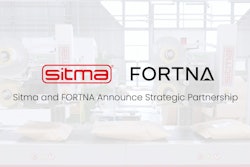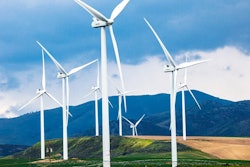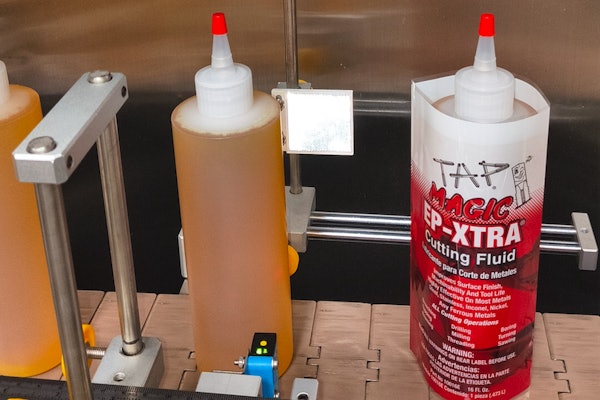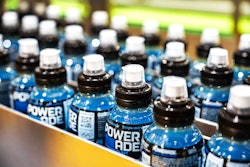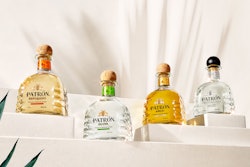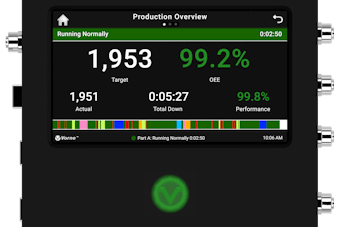The following transcript was produced by AI and not carefully edited.
Sean Riley: Hi, and welcome to our Annual Outlook Report podcast on e-commerce. My name is Sean Riley, editor-in-chief of OEM Magazine, and today I'll be picking the brain of Matt Reynolds, editor-in-chief of Packaging World, who reported on this area of the research. Before we begin, a little background on this endeavor, which I'm going to repeat multiple times, is available for free online in its entirety at pwgo.to/8693. The inaugural annual outlook report on e-commerce reflects unique survey responses collected from brand owners, CPG and FMCG Packaging World readers. This online survey was deployed via email, and all responses were recorded between July and September, 2024. The survey was devised and pressure tested with CPG experts. That is all the housekeeping we can do to get out of the way in the beginning. Now we're going to jump in with Matt before we dive into the packaging specific data from the report. Matt, how have e-commerce and direct to consumer changed in the past few years and what's its outlook?
Matt Reynolds: Yeah, from a, from a big picture 30,000 foot view, uh, standpoint, uh, it's growing. Uh, uh, it had been growing at a reasonably steady clip prior to the pandemic, excuse me, pandemic. Mm-hmm
Matt Reynolds: Uh, sometimes, you know, from a packaging standpoint, those are nifty because they can be, uh, refill programs where you buy one big, large, durable package, and then over time you're refilling that with, uh, say, lighter weight, like a flexible packaging, uh, that comes, you know, to your doorstep. So yep. All these, all these conveniences and and efficiencies were introduced to the consumers, uh, at the onset of the pandemic. Those who hadn't, you know, jumped on board already, suddenly were, this was thrust upon them and, and they're not letting go, this is not going away. No. So, uh, yeah, so I think, you know, not every product is going to be conducive to e-commerce. If you sell ice cream, it's gonna be really difficult,
Matt Reynolds: Um, we mentioned those, uh, those, those, uh, replenishment programs. I, I'm in one, my dog is in one because he gets one, one bone a day. So shout out to Dingo Bone Company,
Matt Reynolds: Um, mature landscape that's more complex, has a lot more players, a lot more layers and players. Amazon being the central one, but now you've got things like drop shipping platforms, which might be a website that sells dog bones or dog food, or whatever it is mm-hmm
Matt Reynolds: And it becomes expensive to manage. Right. Expensive to, to, to keep an eye on. So that's, it, it, it becomes the, the business is growing, the margins are small, the end of the gold rush is here. And now the savviest brands have to get smart and be really, it's not a, if you build it, they will come situation any longer, you know, I think. Right, right. So, one person I talked to about this, uh, was, uh, Lynn Power. She's the founder of Haircare brand, uh, Masami. Um, and yeah, she, this is a direct quote, so I'm gonna try and read it, uh, specifically. Sure. Uh, brands today spend a lot of time working on their product, launching it, and then they're surprised that they don't immediate, that, that people don't immediately buy it. Unlike the early days of e-comm mm-hmm
Matt Reynolds: And the, and the cost of acquisition is high. You have to be scrappy and experiment a ton because you don't know what's gonna work. What works today might not work tomorrow. You have to be willing to spend not just on the product and packaging, but I'm getting the sales right. So I thought that was really a unique insight. Um, the difference between the early, uh, let's say 2010s and today, uh, on what it looks like to, to operate, uh, either a direct to consumer brand, an e-commerce brand, or a on the channel brand, it's all also, um, on the shelf. Uh, so, so that's kind of the big picture, right. Packaging is involved, but that is kind of the, the greater milieu of, uh, of e-commerce e-com.
Sean Riley: Mm-hmm


